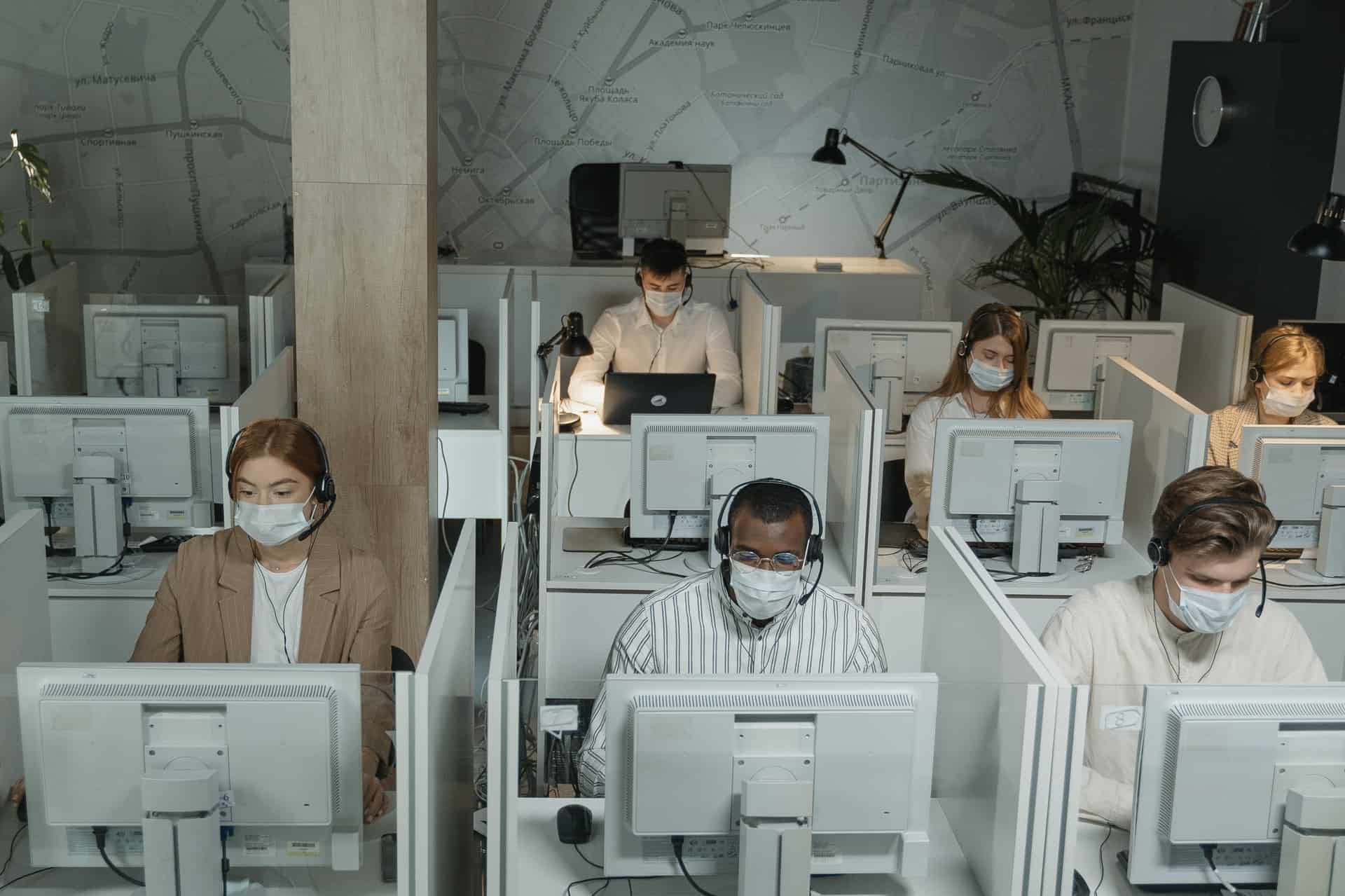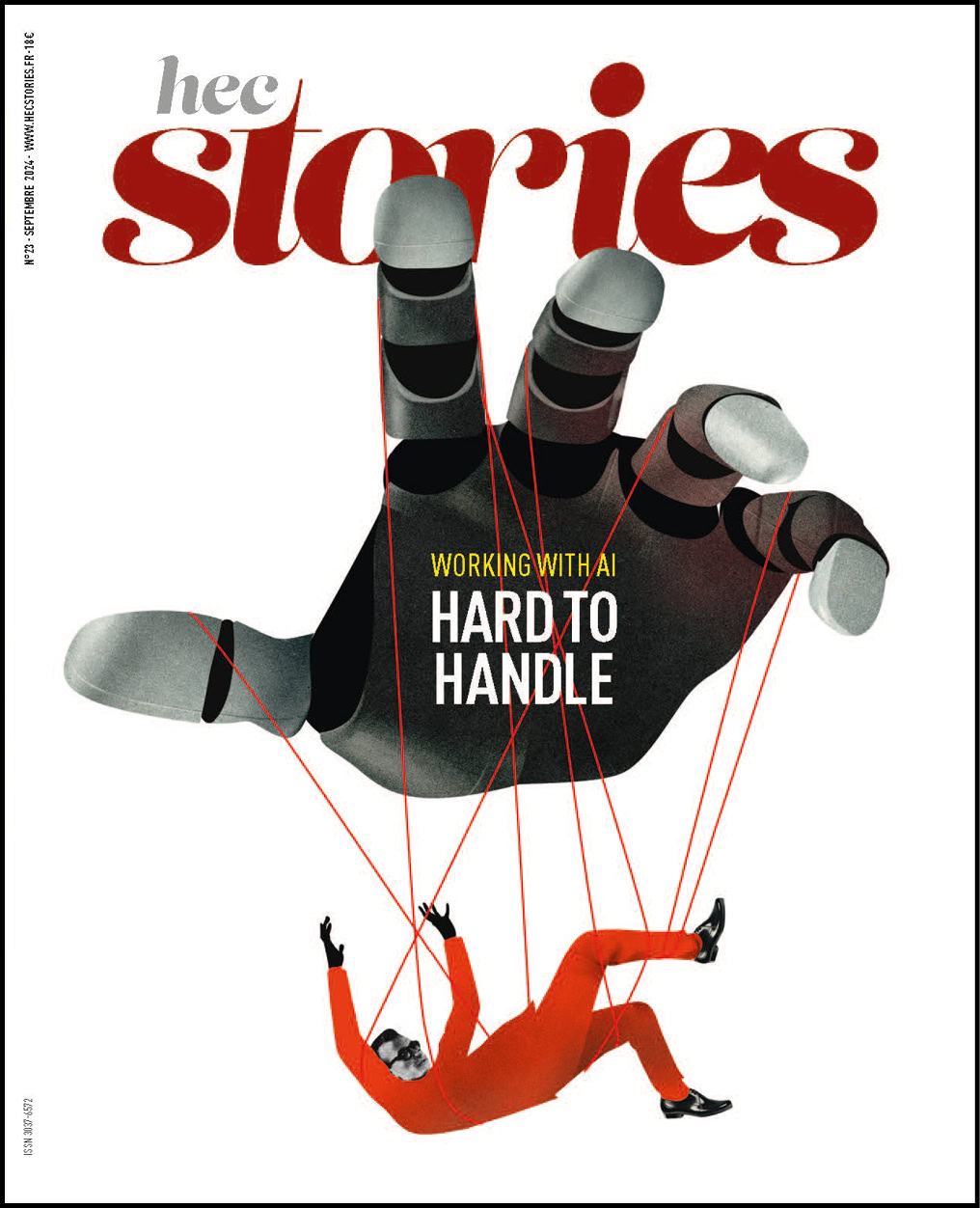SOCIAL DISTANCING: HOW DOES IT AFFECT DIFFERENT SECTORS?

Abstract
The coronavirus healthcare crisis has provoked many countries to implement social-distancing measures. By reducing the quantity of labor, this social distancing results in a drop in output that is difficult to quantify without taking into account the interactions among sectors. Using a standard model of production networks, we analyze the effects of this drastic measure on different sectors in France. We estimate that six weeks of social distancing results in a GDP drop of 5.6%. We perform the same analysis on other European countries, taking into account any national differences in the composition of sectors as well as the prevalence of teleworking. Finally, we analyze the economic impact of ending social distancing, according to sector, region and age group.Jean-Noël Barrot, Basile Grassi and Julien Sauvagnat, Sectoral Effects of Social Distancing, HEC Paris Research Paper No. FIN-2020-1371, April 2020.
Three questions for Jean-Noël Barrot, adjunct professor at HEC Paris
Why did you choose to measure the impact of healthcare measures on production networks?
To reach conclusions which could serve to guide public policies. Along with Julien Sauvagnat, professor of finance at Bocconi University in Milan, we had already published a study on the propagation of shocks in production networks. In addition, Basile Grassi, also a professor at Bocconi, had studied the capacities of production networks to amplify shocks. When the lockdown and social-distancing measures were implemented, it seemed natural to us to measure their economic consequences. We focused on France, since we had access to extensive data on sectors that had been shut down and on the proportion of employees who would be prevented from working, if teleworking were not possible.
How did you measure interactions among sectors?
We used a standard economic model of a network of sectors interacting with each other to produce consumer goods to be purchased by households. We calibrated the size of these sectors and their interactions by using an INSEE input-output table. We then imposed on this model the shock of the lockdown, sector by sector, to observe how the shock spread. The sectors most impacted were those directly hit by closures, for example the hotel and restaurant sector and the leisure sector, but upstream sectors were also affected, such as plastics, consulting, and scientific and technological activities, all of which experienced a cumulative decline in demand from other sectors. These observations merit a closer look, but the input-output table only covers 138 sectors. Value-added-tax information, for example, would allow for a more detailed analysis of this network of sectoral relationships.
You completed this study with an analysis of the economic cost of healthcare measures in relation to lives saved…
Yes, this was a study of a specific place and time, from mid-March to the end of May in the United States. We assessed the impact of certain measures on employment and added value in various geographical zones, and we compared these results to data on infections and deaths. This purely empirical study estimates that these measures saved 29,000 lives and resulted in a loss in GDP of 169 billion dollars, for a “cost” of 5.6 million dollars per life saved. This is just to shed light on the issue, without making any judgments about the pertinence of the measures that were adopted.

Jean-Noël Barrot (H.07, D.12)
With master’s degrees from the Paris School of Economics and Sciences Po, as well as a doctorate from HEC Paris, he teaches corporate finance at HEC Paris. He represents the Yvelines district in the National Assembly and is vice president of the Finance Commission of the National Assembly as well as secretary-general of MoDem.
Published by La rédaction

